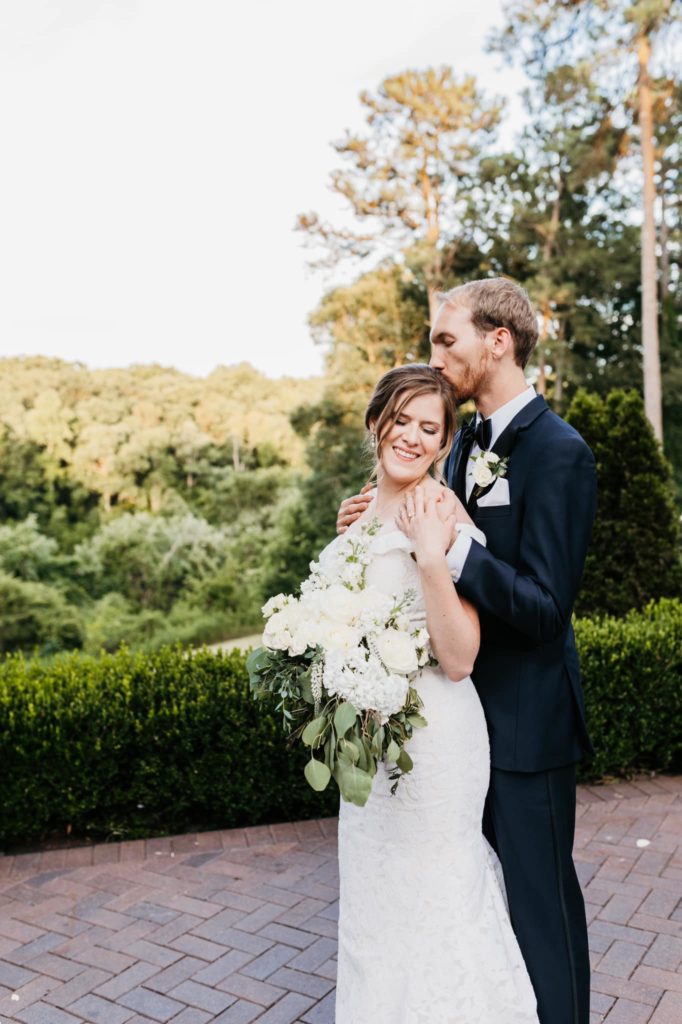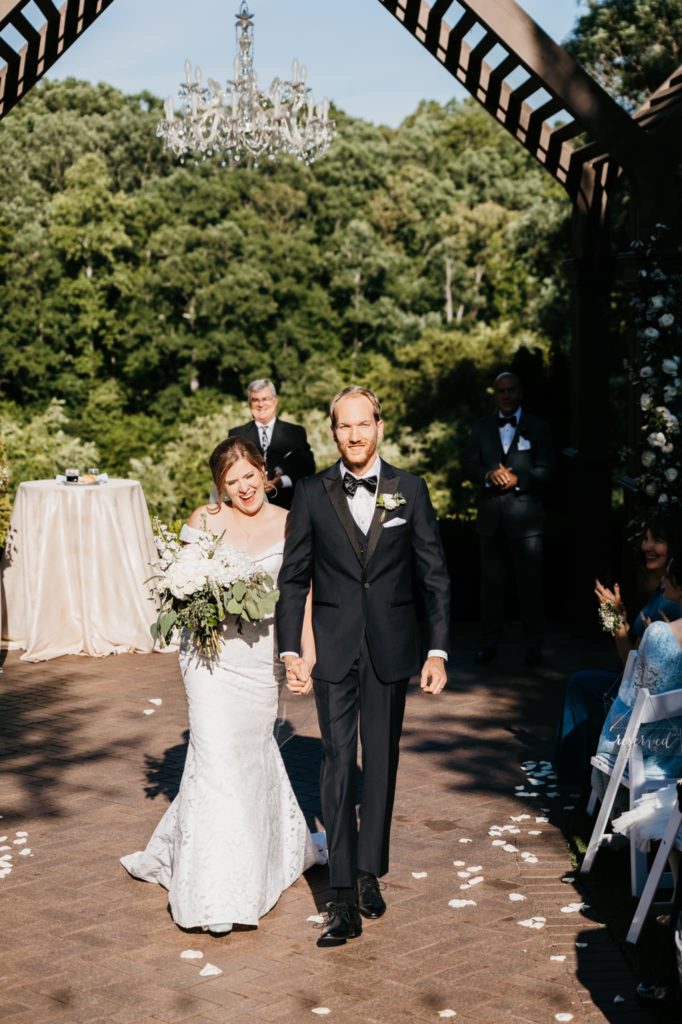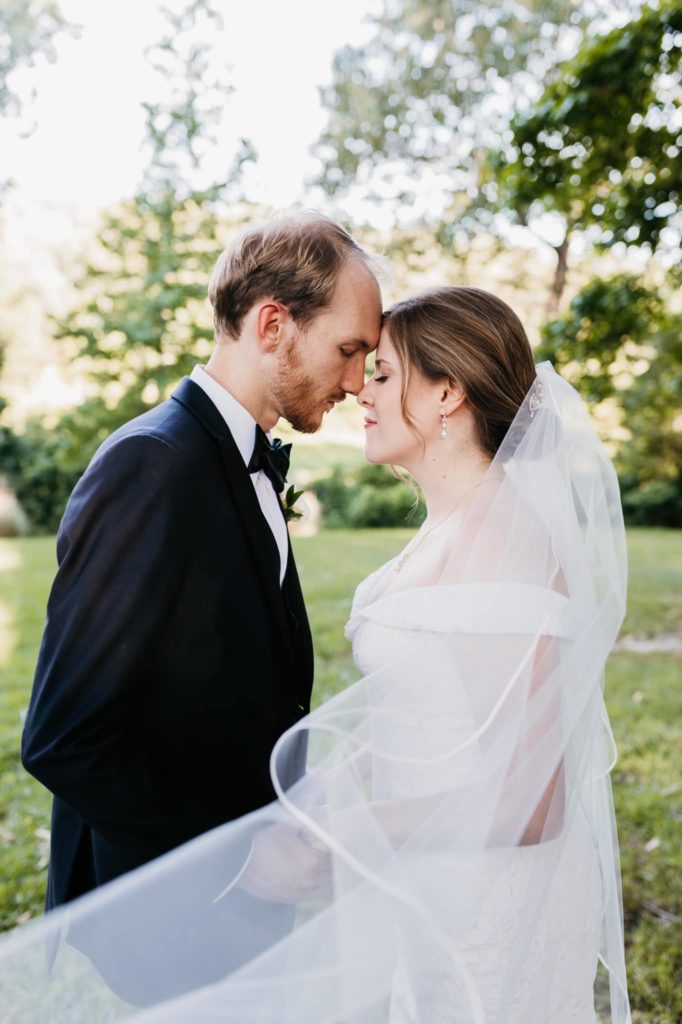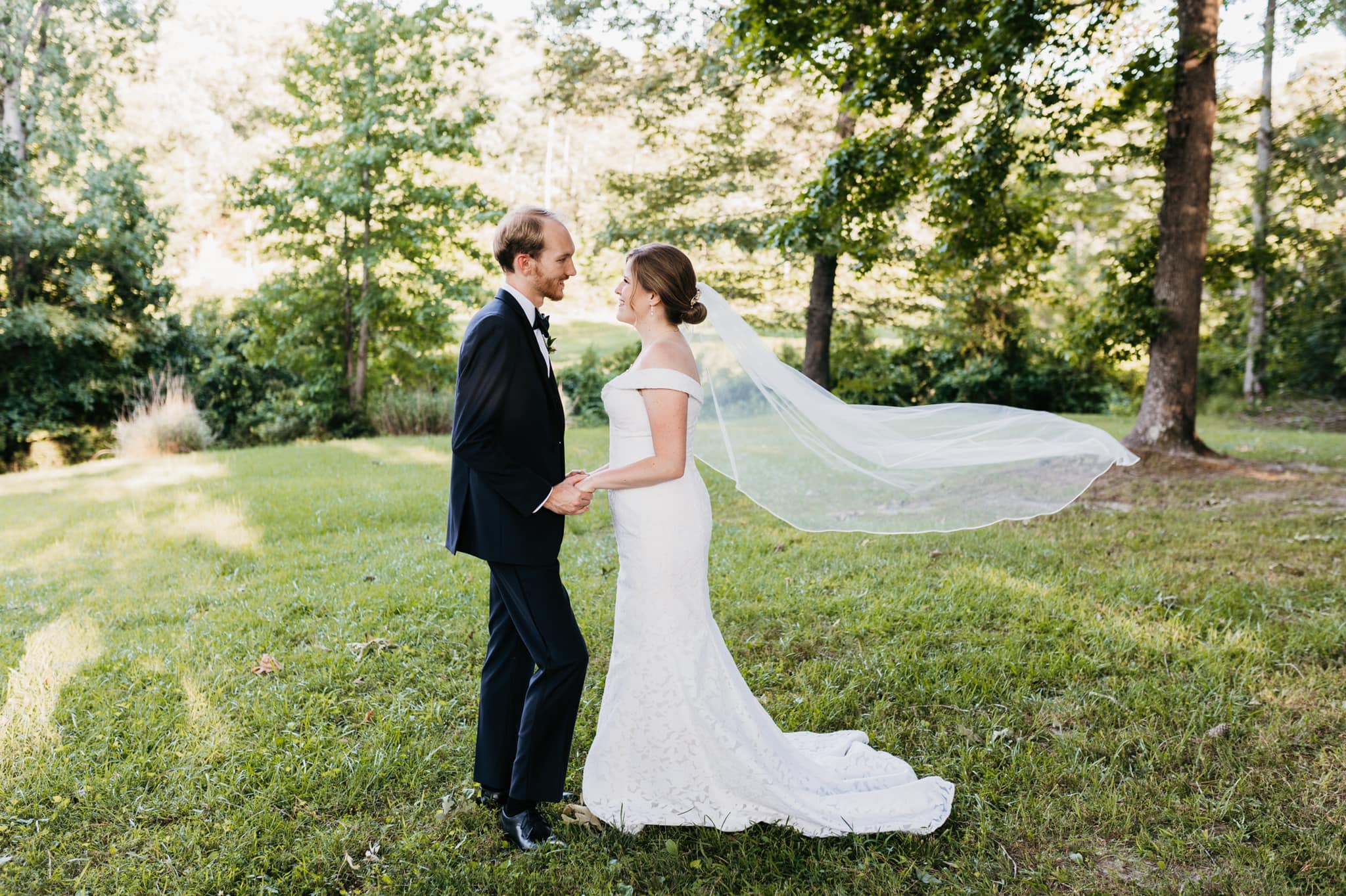Timing & Tips for the Best Outdoor Photos
Believe it or not, there are lots of misconceptions about natural light when it comes to photography. So how do you choose a time for the best outdoor photos? Do you know the best options? Do you know the worst options? Read on to time the best light for your outdoor photos, complete with explanations and tips on how to make the most out of each memorable moment.

Avoid Mid-day
Too often I have clients who book in the middle of the day, thinking the sun shining high in the sky will get better, brighter results. While it certainly can be done, the middle of the day makes for a tricky time dodging shady dark spots, like the ones that come across people’s faces if they’re not placed directly in their own body’s shadow.
So what if, for personal or professional reasons, you don’t have a choice and have to do your shoot in the middle of the day? This can especially be the case for weddings, where often times the family and bridal portraits are taken directly in the middle of the day.
Here’s a couple of tricks to consider:
- Scout the location and find a patch of shade! Being out of direct sun will make your face evenly lit and considerably boost the quality of your photos.
- If you have control over the day, book an engagement session on a cloudy day. The overcast sky will actually help even the light across the subject of your photos! Clouds are fantastic. They act as a natural diffuser for the sun’s light, and while the mood of the photo might look a bit different on a cloudy day, you’re at least sure to get some nicely lit shots. (Which is always better and more flattering.) This option is obviously hard to predict, but if you can help it, I promise you’ll be happy with the results!

For the Best Outdoor Photos, Aim for Golden Hour
There’s a reason photographers swear by the golden hour, and we’re lucky it comes twice a day. “Golden Hour” is the first hour of light after sunrise, and the last one before sunset. The sun is low in the sky, bathing everything in a warm orange glow. It gives a beautiful effect to any photo, and offers plenty of options to get creative.
If you’re aiming for a more “daylight” mood, for professional photos for example, it is possible to plan your shoot shortly after (in the morning) or (in the evening) before the golden hour. This way the sun will be low enough in the sky to get a soft light, but high enough to get a brighter image.
To know what time the golden hour is in your area, check out this website and find your location on the map – or simply ask your photographer.

Consider Blue Hour Portraiture
Less known but one of the best, the blue hour is the hour that comes directly before the golden hour in the morning, and directly after in the evening. It’s that time when the sun is not visible on the horizon, but is still close enough to light the sky. It usually gives a blueish glow that really contrasts with the golden hour. It’s the softest light you can get, as it’s the only available light from the sun, and it’s completely indirect.
That said, it can also be a bit tricky to get good results, since there is not as much available light to work with. On the whole though, it’s perfect for a very intimate feel, perfect for sunset photos with a bride and groom. You don’t need a ton of time, maybe just 10 minutes to capture a few stunning shots.
